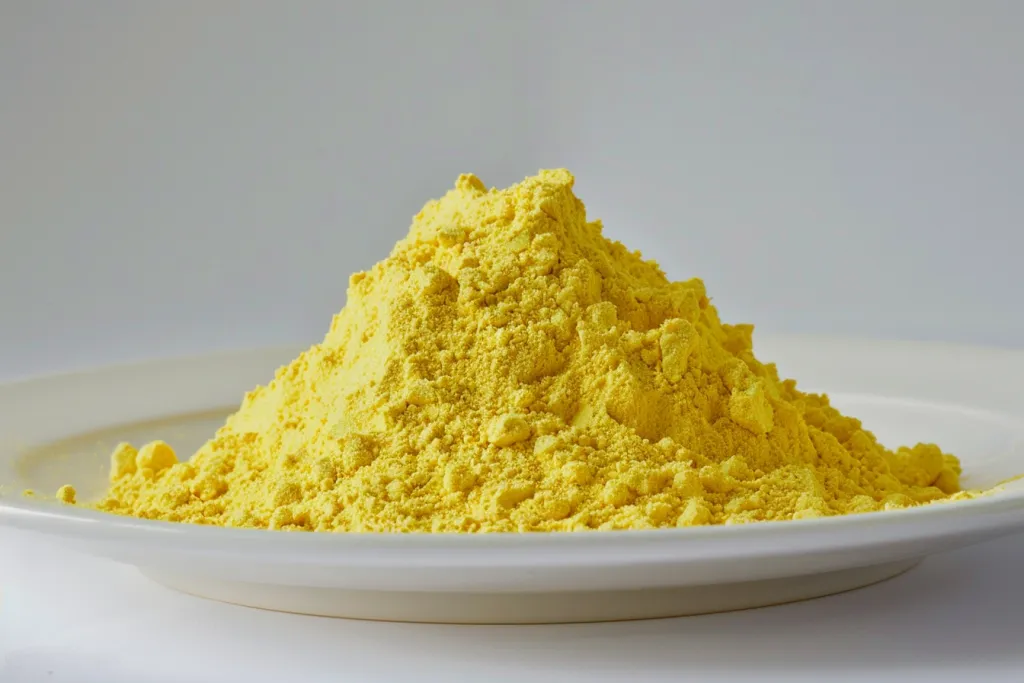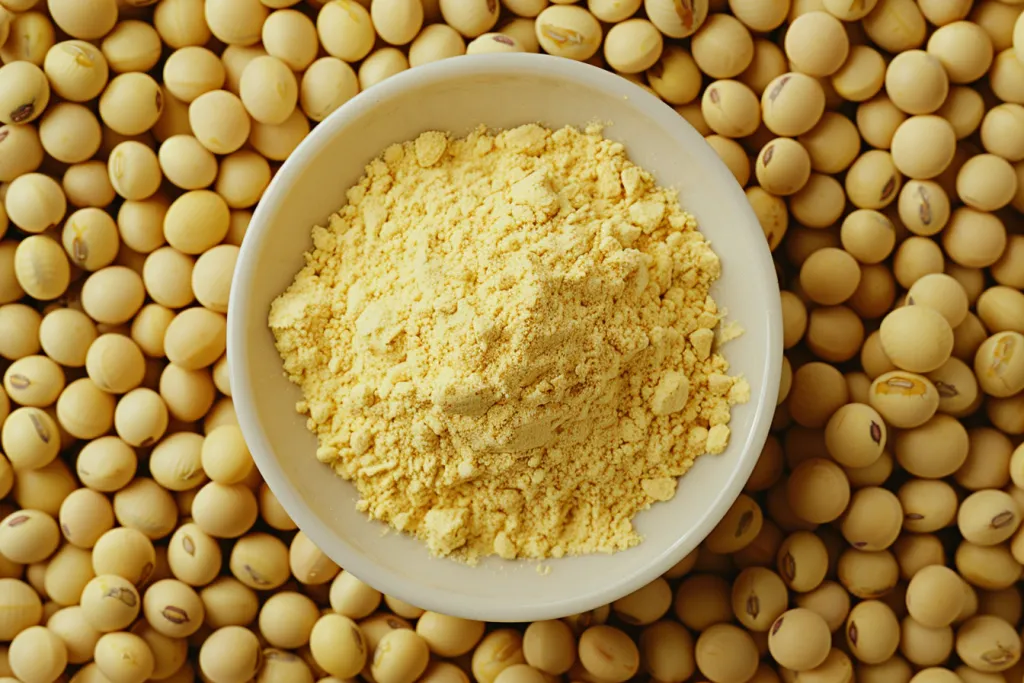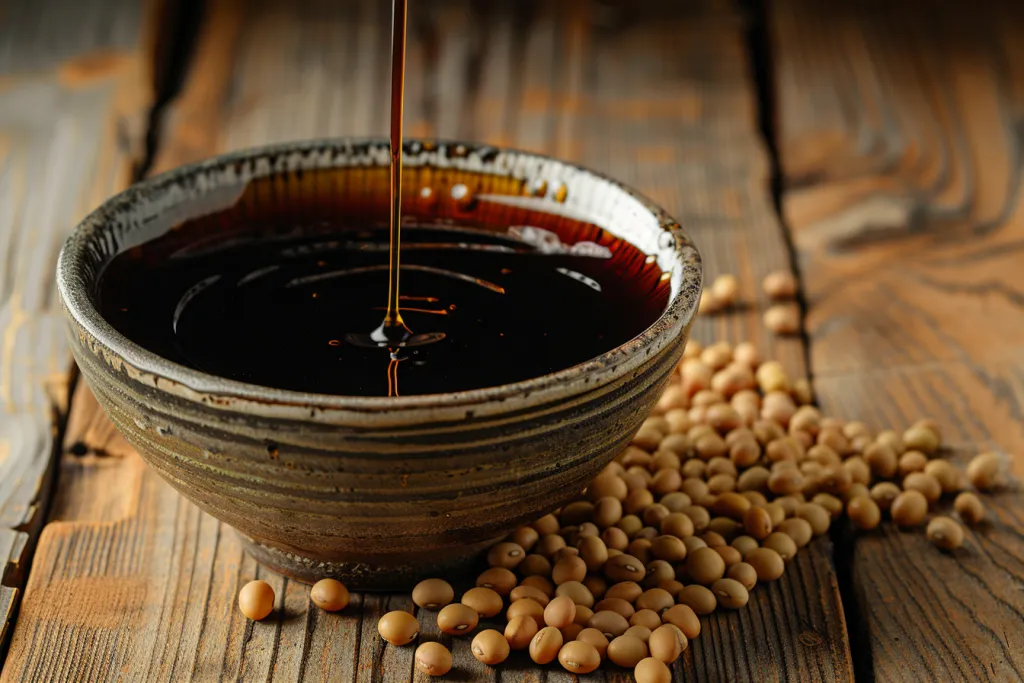Soy lecithin is a versatile and indispensable ingredient in the food, pharmaceutical, and industrial sectors. Extracted from soybeans, this complex mixture of phospholipids, glycolipids, and triglycerides has a myriad of applications, from emulsifying agents in food production to serving as a dietary supplement. This guide delves into the nitty-gritty of soy lecithin, exploring its functionality, application methods, cost implications, and top usage tips to help you leverage its full potential.
Table of Contents:
1. What is soy lecithin?
2. How does soy lecithin work?
3. How to use soy lecithin
4. How much does soy lecithin cost?
5. Top tips for using soy lecithin
What is soy lecithin?

Soy lecithin is derived from the processing of soybeans, where soy oil is extracted and lecithin is separated from the oil. This by-product is then purified and dried for various uses. Rich in essential fatty acids, it plays a crucial role in maintaining cell membrane integrity and facilitating the movement of fats in and out of cells in the body. Its unique properties make it a staple in creating emulsions, improving texture, and extending shelf life in food products, while also being utilized in non-food applications such as cosmetics and paints.
How does soy lecithin work?

The magic of soy lecithin lies in its amphiphilic nature, meaning it contains both hydrophilic (water-attracting) and lipophilic (fat-attracting) properties. This dual affinity allows it to act as a bridge between water and oil phases, stabilizing emulsions and preventing the separation of ingredients. In food production, it helps to improve texture, moisture retention, and mixability. In dietary supplements, it facilitates the absorption of vitamins and minerals. Its versatility extends to industrial applications where it acts as a lubricant, release agent, and anti-foaming agent.
How to use soy lecithin

Using soy lecithin effectively requires understanding its form and concentration. It is available in liquid, granular, or powdered forms, each suited to different applications. In food production, it can be directly added to formulations to improve texture or emulsification. For dietary supplements, it’s often incorporated in capsules or powders. In industrial settings, it can be used as is or diluted to achieve the desired effect. The key is to start with small amounts and adjust based on the specific needs of your product or process.
How much does soy lecithin cost?

The cost of soy lecithin can vary widely based on its form, purity, and the volume of purchase. On average, food-grade soy lecithin can range from $5 to $15 per kilogram for small quantities, with prices decreasing for bulk purchases. Pharmaceutical-grade lecithin, which requires higher purity, can be more expensive. Factors such as global soybean production, demand, and processing technology also influence prices. It’s advisable to source quotes from multiple suppliers to ensure competitive pricing and quality.
Top tips for using soy lecithin

To maximize the benefits of soy lecithin, consider these top tips: First, choose the right form of lecithin for your application, as this can significantly affect the outcome. Second, experiment with concentrations to find the optimal amount that achieves your desired effect without compromising the quality or taste of your product. Third, store soy lecithin properly to maintain its efficacy, as exposure to air and light can degrade its quality over time. Lastly, stay informed about industry trends and new applications of soy lecithin to leverage its full potential in your projects.
Conclusion:
Soy lecithin is a powerful ingredient that offers a wide range of benefits across various industries. Understanding its properties, how it works, and how to use it effectively can unlock new possibilities for product development and innovation. Whether you’re formulating food products, manufacturing dietary supplements, or seeking industrial solutions, incorporating soy lecithin can enhance texture, stability, and functionality. With the right knowledge and application techniques, soy lecithin can be a game-changer in your projects.



